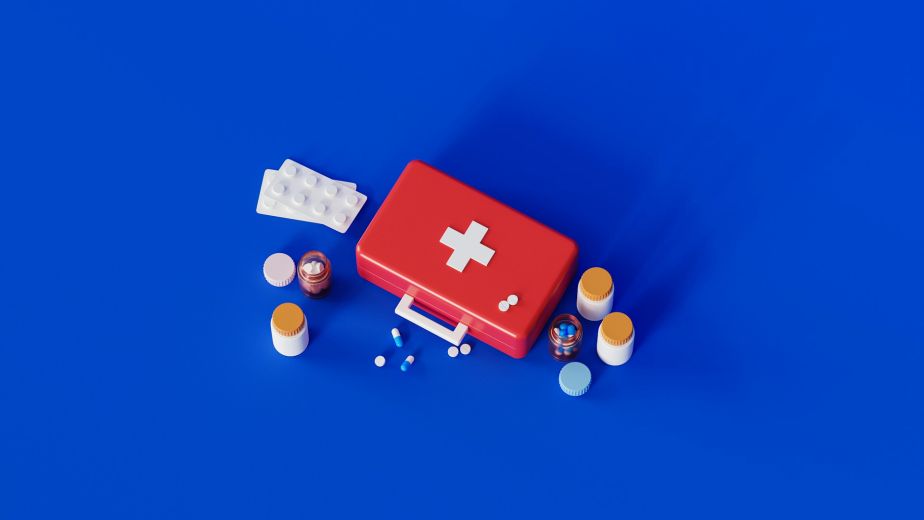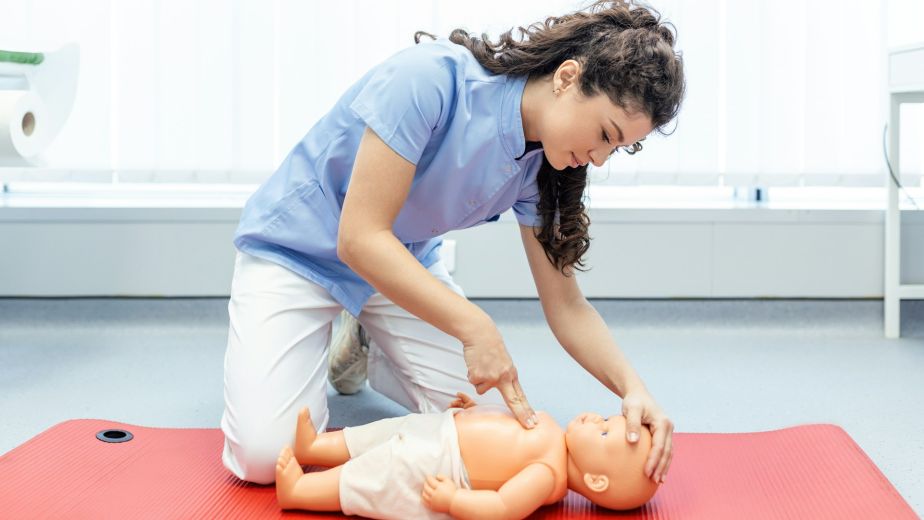I watched a grown man cry in my ER last September. Not from pain—he’d driven himself ninety miles with a makeshift tourniquet on his leg after Hurricane Ida took out every road between his farm and civilization. He cried because his wife’s infected wound, the one he’d been treating with “fish antibiotics” he’d ordered online, had gone septic while they waited for the roads to clear.
She lived. Barely.
(I still think about that sometimes at 3 AM, wondering what would’ve happened if he’d had real antibiotics. The right ones. The ones a doctor would’ve prescribed if they could’ve reached one.)
When the Grid Goes Dark
Here’s what people don’t understand about disasters until they’re in one: it’s not the hurricane that gets you. The storm passes. You survive the wind, the water, the flying debris. You think you’ve made it.
Then someone steps on glass while clearing debris. Or a chainsaw kicks back. Or—and this is the one that haunts me—a tiny cut from a rusty fence becomes a red streak traveling up an arm toward the heart.
The infection sets in 24 hours later. Maybe 36 if you’re lucky. By then, the cell towers are still down. The roads? Forget it. That oak tree that’s been standing since your grandfather’s time is now lying across Highway 61, and behind it are seventeen more just like it. Emergency services are overwhelmed, triaging calls they can’t even receive properly.
You’re looking at a wound that’s gone from “probably fine” to angry red to what we call “hot and tight”—medical speak for “this is about to go sideways fast.”
The Moment of Truth
So there you are. Your kitchen table becomes a makeshift treatment center. The wound is clearly infected—even a layperson can see that. The red streaking. The heat radiating from the skin. (That’s your body mounting a desperate inflammatory response, by the way. It’s literally cooking itself trying to fight off bacteria.)
This is where the story splits.
Path A: You have nothing. Or worse—you have those “emergency antibiotics” you bought from some sketchy website. No idea if they’re real. No idea if they’re the right ones. No idea about dosing. You guess. You pray. You watch the red line creep higher.
Path B: You open your emergency medical kit. But here’s the thing—and this is what made me actually consider these Blackout Medical Kits when a colleague mentioned them—you’re not guessing. Three months ago, during a calm Tuesday when the internet worked and your brain wasn’t flooded with cortisol, you had an actual consultation. With an actual doctor. Who looked at your medical history, your allergies, your specific situation.
The antibiotics in that sealed packet? They’re not generic. They’re not veterinary. They’re not expired pills someone repackaged. They’re exactly what I would prescribe if you walked into my ER with that same wound.
(Do you understand what that means? In that moment, in your dark kitchen with no power and no help coming, you have the exact same treatment you’d get in a hospital. The same meds. The same dosing. The same legitimacy.)
Let Me Be Uncomfortably Honest
I’ve worked disaster relief. Haiti after the earthquake. Louisiana after Katrina. Paradise after the Camp Fire. Want to know what we ran out of first, every single time?
Antibiotics.
Not morphine. Not bandages. Antibiotics.
Because here’s the ugly truth we don’t talk about in medical school: in a true grid-down scenario, more people die from infected wounds than from the initial trauma. A laceration you’d barely worry about in normal times becomes life-threatening when you can’t get to definitive care for 72 hours. Or a week. Or longer.
I’m not trying to scare you. (Okay, maybe I am, a little. Fear can be instructive.) But I’ve held too many hands of people who died from preventable infections to sugarcoat this.
The Psychology of the Prepared
There’s something else, something harder to quantify but impossible to ignore once you’ve seen it. The people who have legitimate medical supplies—who know they’re legitimate, who trust them because a doctor personally reviewed and approved them—they make better decisions in crisis.
They don’t panic-dose antibiotics at the first sign of redness. They don’t second-guess and delay treatment when it’s clearly needed. They have what we call “cognitive bandwidth” because they’re not wrestling with uncertainty about their supplies.
That confidence? That mental clarity when everyone else is panicking? That’s worth its weight in prescription pads.
A Different Kind of Insurance
Look, I get it. Nobody wants to think about this stuff. It’s easier to assume emergency services will always be there. That the pharmacy will always be open. That if things get really bad, somehow, someone will help.
But I’ve been that someone. And I’m telling you—sometimes we can’t get there. Sometimes the helicopter can’t fly. Sometimes the roads are gone. Sometimes you’re on your own for days that feel like weeks.
(My wife thinks I’m paranoid. She also noticed I sleep better since we got our kit. Make of that what you will.)
Here's What Haunts Me
It’s not the trauma cases. Those are dramatic, urgent, binary—you either make it or you don’t. What keeps me up is thinking about the slow disasters. The preventable suffering. The father trying to save his daughter with fish pills. The grandmother rationing her heart medication because she couldn’t refill before the storm.
The infections that didn’t have to happen.
You know what the real tragedy is? We have the solution. The medications exist. The knowledge exists. The only missing piece is getting them into people’s hands before they need them, with proper medical oversight so they’re used correctly.
That’s not revolutionary. It’s not complex. It’s just… prepared.
I don’t usually do this—recommend specific products. My job is to treat, not to sell. But after fifteen years of watching people suffer through preventable medical crises, watching them make desperate decisions with questionable supplies, I’ve shifted my thinking.
Getting a physician-approved emergency medical kit isn’t paranoid. It’s not “prepper culture.” It’s what I’d tell my brother to do, what I’ve done for my own family.
Because when that moment comes—and in certain parts of this country, it’s not if but when—you won’t care about the cost. You won’t care about seeming overcautious. You’ll only care about one thing: Can I help the people I love?
The answer should be yes.
Order your Blackout Medical Emergency Kit before the next storm season. Not because I’m telling you to. Because somewhere, maybe tonight, someone is sitting in a dark kitchen, looking at an infected wound, wishing they had what you can order right now with a few clicks.
Don’t be that person.
Be ready.




